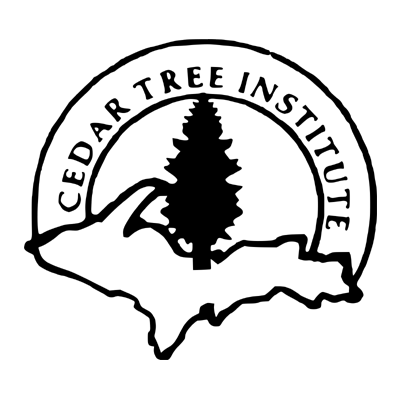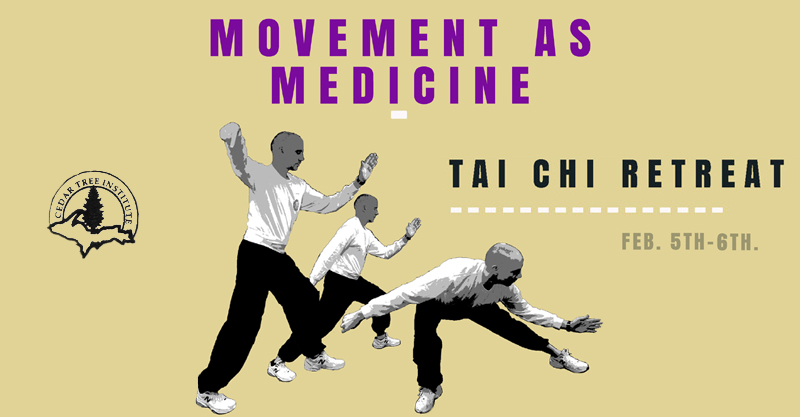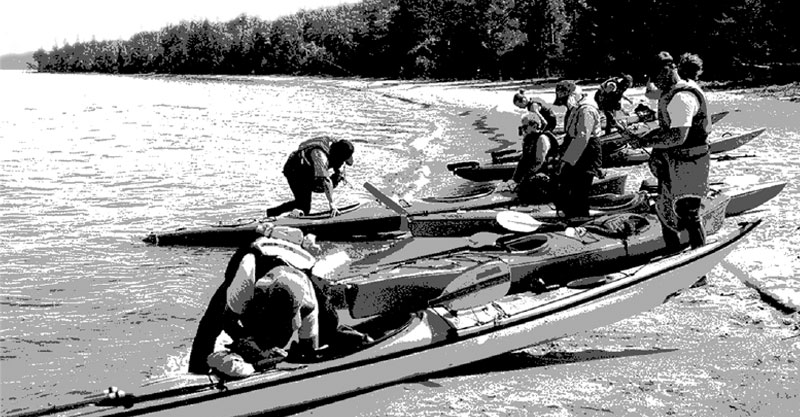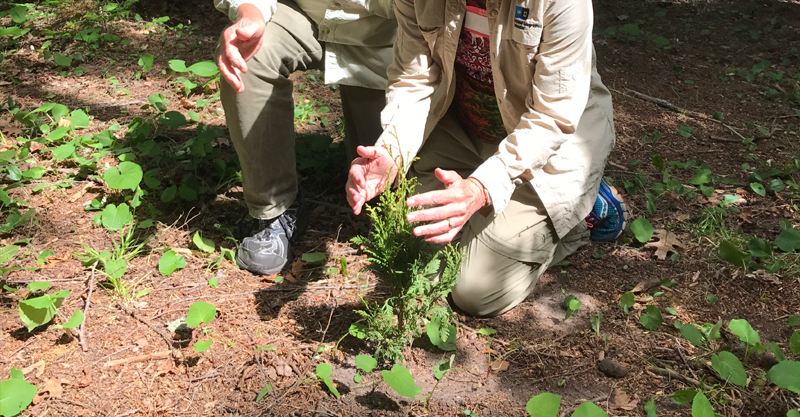from Marquette Monthly December, 2008
Working the end-of-life shift
It was a late December evening thirty years ago, dark, cold, the earth as hard as iron. I was serving as parish pastor of a small congregation in Mackinac County. Shortly before midnight, I received a telephone call from one of our parishioners. Having grown up in an isolated tourist town, trapped in the crunch of a bottomed-out economy, she’d managed that winter to find a part-time job as a nurse’s aide on the night shift at our local medical facility.
There was a woman in her mid-eighties, she said, an hour or two from the edge of life, suffering from the last stages of cancer. Respectfully, she asked whether I was available to stop by. She’d called to tell me the patient was weak, barely conscious, but something puzzling was happening. My friend paused, then continued, “She’s singing. I’ve never heard anything like this. Her sister from Petoskey is with me. They’re Native Americans, Ojibway. Her sister told me it’s a death song, to help her cross over to another world.”
Those who work end-of-life shifts in nursing homes, hospitals and hospices are engaged in a peculiar, noble kind of heroic work. Most of them, as my friend did that night, find themselves frequently present at powerful and unforgettable intersections of time and human spirit. Working quietly below the radar of public consciousness, these caregivers, most of them nursing aides, carry out assigned tasks at a low end of the social-economic ladder. Many of them making only a few dollars above minimum wage, they mirror a unique, sophisticated mix of skills: “hands-on” work of bathing, feeding, applying IVs and catheters while, at the same time, processing deep emotions—anger, fear, grief—from family members, patients and sometimes themselves. They’ve also learned, better than most of us, that the emotional/spiritual world we all secretly carry within ourselves is as complex and critical to human existence as any measure of blood pressure or kidney function.
Co-facilitating a hospice training in a county nursing home last year, I became aware that for residents of such facilities, day-to-day hygiene protocols carried out by CNAs (Certified Nursing Assistants) have a hidden, sacred dimension to which the public never pays a second thought. More than a few residents in such facilities have not been touched for years intimately by a parent, lover or a friend. In the brush of a compassionate hand, whether emptying a bedpan or changing a bed sheet, those working the end-of-life shift carry a single connection to the warmth of the human family.
My own introduction to the hospice world came shortly after my arrival back to Marquette thirteen years ago. During the week of Easter, a hospice nurse asked if I could visit a patient who was struggling with a troubling family issue. She had a dog, I was told, a large Great Dane, that was protective and aggressive, intimidating hospice staff and volunteers who normally would engage in such sensitive conversations.
Later that afternoon, I sat alongside a hospital bed set up in the middle of a living room while a television screen glowed, filling the small house with grating laugh tracks from an afternoon game show. On a cabinet at the end of the hospice patient’s bed, a small birch bark cross, a home-crafted gift from her church, cast a shadow on a frayed Afghan blanket that lay across her legs. I will not forget that afternoon, mustering all the composure I could find, reading a Psalm while seated by her bedside, a Great Dane with a head larger than mine, licking my cheek, its saliva dripping down into my shirt collar.
The history of the hospice movement finds its roots in a centuries-old custom of offering shelter and rest (hospitality) to weary and sick travelers. Cicely Saunders, an English physician, first applied the term “hospice” to specialized care for dying patients in 1967 at St. Christopher’s Hospice in London. The goal of hospice care continues to seek to assist the terminally ill to manage symptoms so last days may be spent as pain-free as possible, with dignity and quality.
The movement always has been clear in its priorities. It focuses on the person rather than a disease. Its mission is unapologetically, attending to the quality, rather than exclusively to the length of life. Hospice care, on the other hand, does not inevitably mean a sentence of death. It also honors patients who go into remission and return to a more active life if physical symptoms subside. These kinds of decisions always are made in open consultation with the patient, family, and hospice medical director.
The Swiss-born physician Elizabeth Kubler-Ross broke similar ground here in the United States at the University of Chicago, where she worked as a psychiatrist in the 1960s and ’70s. She was frequently a guest lecturer at our seminary in Hyde Park. I remember her as unpretentious and remarkably insightful, a chain-smoker who never used clinical terms to describe any of her patients. One November, I spent a better part of an afternoon grieving my own mother’s death with her in a makeshift office at Parkside Hospital where, at that time, she provided no-fee consultations for theological students.
Kubler-Ross remained a renegade in the medical world, continuing to challenge conventional medicine until her own death in 2004. Because of her unwavering commitment to the dying in what was then a more arrogant world of Western medicine, it was rumored she was contemptuously described by more than one colleague at the University’s Medical School as “The Vulture.” We know now she was a pioneer.
One rainy night in a community college a thousand miles from Chicago, I listened and watched her captivate an audience of hundreds of people from all walks of life with the recollection of events resolving a mix of grief, anger and hope in a six-year-old boy, initially fearful and anxious, with whom she’d established a relationship in the final hours of his dying.
Deep respect for hospice staff has evolved for me from trainings I’ve participated in over the last eight years. Framed by the Janus Project, a series of seminars and workshops, these trainings are designed for small groups of ten to twelve participants and involve physicians, nurses, hospice staff, social workers and clergy. Summer events are shaped by thirty-mile kayak trips along Lake Superior’s shoreline with participants cooking food for one another, hauling boats down river embankments, climbing over rugged landscapes of granite cliff and stretches of isolated forested beaches. Professional detachment, appropriate and necessary in institutional settings, is turned upside-down as participants are instructed to refer to each other by first names, invited to wash dishes together, chop kindling and, while paddling on the open Lake, requested to share equipment and sunscreen.
One evening following a discussion on pain management, light from embers of an open woodstove casting shadows over the cabin’s circle of participants, the topic turned to the final moments of life. The physicians, social workers and clergy present became silent. Hospice workers and aides began to speak. This was their world. They told stories, over and over again, of patients and their family members, stories of reconciliation, compassion and peace. The room was filled with reverence.
It’s understandable that many physicians face uncomfortable challenges as they move into the world of hospice. Clear decisions about diagnosis and medical interventions about appropriate levels of treatment give way to subjective judgments, made in collaboration with patients and families. This is an alien universe for which there has been, until recently, little training in medical schools.
A close friend of mine, a respected attorney, once shared with me an experience around the death of his father shaping for years his feelings about medical care. At the end of a long illness, his father, following a vigorous, successful business career, was dying in a local hospital. Both sons were by his bedside. The attending physician walked in, quickly assessed the situation, and made a few unemotional comments. During the interaction, the father, unconscious, lost control of his bowels. A stench filled the room. The physician pulled up the bed sheet, turned to a nurse’s aide, and said curtly, “Clean this up.” He then turned abruptly and left the room. The attorney remembers that the last person in this world, whose name he never learned, kindly touching, cleaning and caring for his father, was a nurse’s aide.
At times, lessons from hospice work come bluntly. This summer, at a remote lake cabin, canoes stored after an afternoon’s trip down a river, the director of one of Northern Michigan’s rurally based hospice programs led our seminar group in a heart-felt discussion on what we personally would ask from each other’s professions during our own dying. When it came to speaking to the three physicians with us, several of the group responded immediately, “regulation of pain medication.” After a pause, one physician asked a sensitive question about their personal visits from a physician during a patient’s last days. A hospice nurse replied, “It’s not necessary. We know, as doctors, you’re busy. Don’t take this personally. I just don’t want anyone with me at the very end who’s there because they feel they should be.” You could hear a pin drop.
There are other examples from the world of the dying that point to an even deeper mysterious place where roles and disciplines merge: when physician turns priest, social worker turns nurse, custodian becomes counselor. A colleague of mine, a respected family practice physician, traveled to visit his brother-in-law who was dying in hospice following a long, painful illness. At his sister’s home on the Oregon coast, my friend worked alongside the attending medical staff to insure the best of care. At the end, as he stood by the bedside, he asked whether there was anything else medically he could do to make things easier. His brother-in-law, once a strong and healthy stonemason, shook his head. There was no priest or chaplain present. My friend asked then whether the dying man would like a prayer. The stonemason nodded. The doctor, in the midst of his brother-in-law’s final silence, sang softly from his tradition a Jewish Prayer, “Mi She Berach.”
In end-of-life care, conventional medicine meets its limits. Hints of other worlds emerge. During one Janus Project summer training, we chose, over three days, to read portions of Leo Tolstoy’s nineteenth century Russian short story, “The Death of Ivan Iyich.” Tolstoy skillfully brings us into ruminations of a government official who lies dying surrounded by servants and family but, inwardly facing his own end, reflects candidly on his life:
“During the first years of his official career, when he was in the service of the Governor, there were again some good moments: they were the memories of love for a woman. Afterwards, it all became mixed up, and less and less of it was good. And the further he went, the less good he found. His marriage…as gratuitous as the disenchantment that followed, and his wife’s bad breath, and the sensuality, the hypocrisy! And that deadly official life and preoccupation with money, a year of it, two years, ten, twenty, and always the same thing. And the longer it lasted, the more deadly it became. ‘As though I had been going steadily downhill while I imagined I was climbing up. And that is really how it was. In public opinion I was going up, and all the time my life was sliding away from under my feet.’”
Alongside realities of immune functioning, medications, medical interventions and pain regulation, writers like Tolstoy lead us into a deeper matrix of spiritual and emotional hunger that ultimately shapes all important life passages. There is, surprising to many, often a gentle hope found there. And sometimes, unexpectedly, a healthy dose of humor.
I once sat with a handful of community members in a church fellowship hall in a small Oregon logging town discussing the history of dreams in religious traditions. Experiences people have carried for years often find a first expression in such safe, trustful settings. An older woman in the group that night shared the following account: “My great-grandmother traveled here by wagon train at the end of the nineteenth century,” her voice almost a whisper. “She was from Wisconsin. As a young girl, she’d always remembered the first snowfall. How a blanket of white covered everything. It never mattered what kind of home you lived in, whether it was a mansion, a sod house, or a shack. Everything appeared blessed, beautiful that first evening as the world was covered by an elegant, white and gentle garment.” She continued, “My grandmother told me from time to time she’d have a dream of that first snowfall she remembered as a child. Predictably, within a day or two, would arrive news that someone close to her, a relative, a friend, a family member had died.”
A few years later, my family and I moved to Washington state. I was asked to speak at an adult forum on a Sunday morning at a large church in Seattle. It was Advent; the subject was dreams. I chose to share the account told to me that night in Oregon. Following the presentation, a man approached me with a cup of coffee and a smile on his face. “I was raised in Eastern Washington,” he said. “We were farmers. My father had from time to time a dream I’ve never talked about.” Looking around to make sure we weren’t overheard, he leaned over and said, “One difference. We had an outhouse. Each time he had a dream that the outhouse was emptied, cleaned (usually with a shovel and wheel barrel), he found out someone close to him had passed on.” We both laughed. We knew, for that moment, we were standing before a Great Mystery.
A few days after the call from the nurse’s aide that long ago December evening in Mackinac County, the son of a Bridge Authority employee returning home from college for the holidays approached me on a stormy night at the close of our little community’s Christmas Eve service, placing in my hands a thin paperback written by an author of whom I’d never heard. He said simply, “You need to read this.” So I did—on Christmas day. I Heard an Owl Call my Name was Margaret Craven’s first novel, published, I discovered, only a few years earlier in Canada.
The author begins her story on the desolate West Coast of British Columbia, not far north from where later, for fifteen years, my family and I would make our home. A young Anglican priest, plagued by bad health, is assigned by his Bishop to work with a Native village accessible only by boat. In his work among the tribal elders, he comes to learn of the spiritual importance of the owl, which for many traditional Native people remains a messenger of impending death. Through the story, the young man struggles with his health, his identity and discouraging work. The call of the owl eventually appears, and in the last pages of Craven’s novel, hauntingly beckons the priest, who has made a gentle, mystical peace with his own short and troubled life.
Much of the festivity—and the often over-the-top sentimentality of December holidays—is linked, at least on some level, to a sensibility of the passing of time. It’s a good and appropriate time for the sharing of memories. It’s also a time to ponder our own mortality. Craven’s heart-rending, magically crafted novel reminds us, kings and paupers, there is no immunity. We will all hear, most of us sooner than we would hope, the Owl’s song.
During days of darkness and coming deep winter, we can be thankful for those who, by nature of their vocation, find themselves present with us in our final sacred passage, bringing practical and spiritual gifts to a quiet work. Tonight they stand watch, emptying bedpans, feeding the infirm, stroking the hand of a Parkinson’s patient, taking cigarette breaks in the cold between shifts, figuring out how to live on less than most of us. Tonight, for a moment, shut off the TV, turn down the stereo, light a single candle. To them all, let us make a quiet bow.
EPILOGUE
Notes of appreciation to The Upper Peninsula Home Care and Hospice, Lake Superior Hospice and the Keweenaw Home Care and Hospice who, since 2001, have supported and helped fund trainings and collaborative programs with The Cedar Tree Institute involving retreats and seminars for more than 250 nurses, physicians, hospice staff, social workers and priests. Dr. Michael Grossman and Dr. Larry Skendzel, medical directors of Marquette County hospices and Ray Weglarz, R.N., hospice director for the Keweenaw Home Care and Hospice program, continue providing key leadership and vision for these events.
Now in its second year, the Unsung Heroes Project, founded by John and Mary Argeropoulos in partnership with The Cedar Tree Institute, focuses on support of “hands-on” staff in medical facilities with scholarships, resiliency training and health seminars. Thus far it has trained forty-three CNAs in four Marquette County nursing homes.
– Jon Magnuson
December 2008




